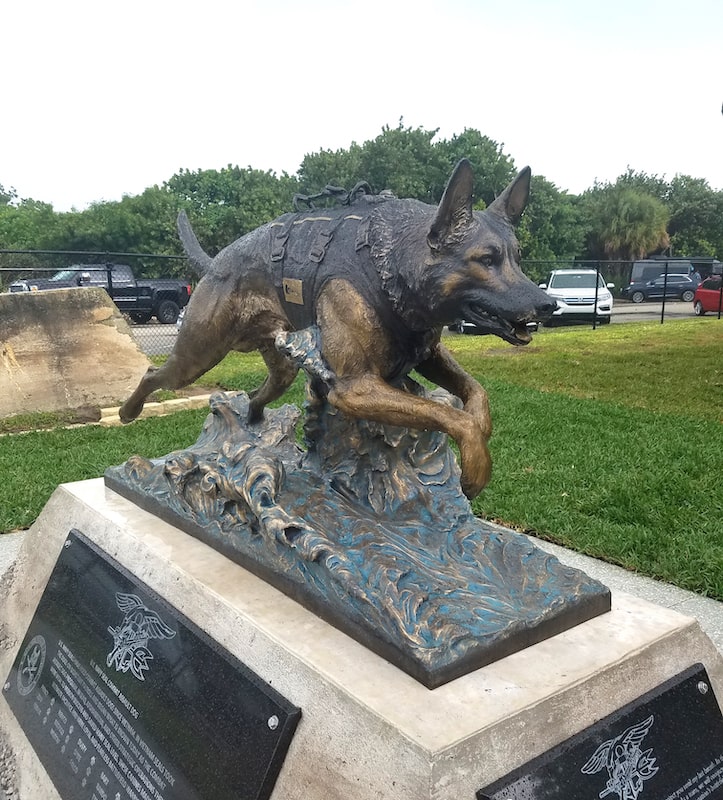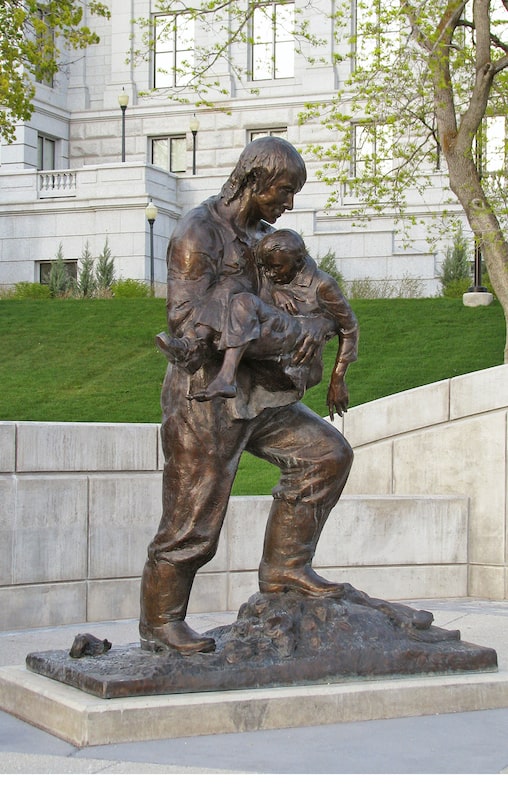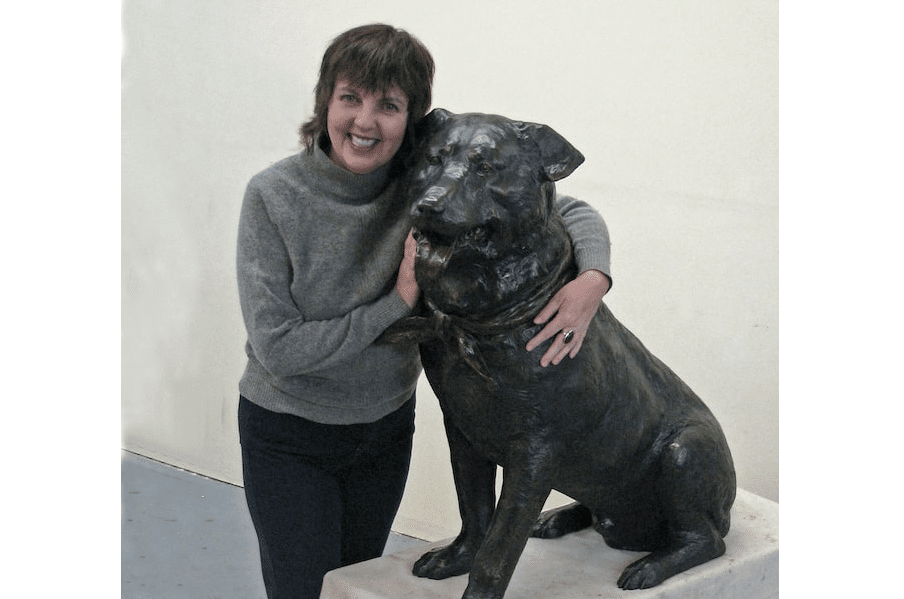Lena Toritch had a dream to become a sculptor. As a young girl, she watched her father work on his own projects, but due to the intense rules of the Communist Party, he lacked total creative freedom. For this reason, he encouraged his young daughter to study the great masters from the past, such as Auguste Rodin, to help her see the world through the eyes of an artist. Perhaps, most importantly, he fearlessly encouraged her to dare to believe that her incredible dream could come true.
Toritch was born and raised in St. Petersburg, Russia where she graduated from the prestigious St. Petersburg Academy of Fine Arts. During her graduate years, she mastered human and animal anatomy, composition, drawing, and eventually sculpture. But even with such a diverse set of skills, she sees herself, first and foremost, as a portrait artist.
She explained to me that when she is working on a memorial, she likes to connect to the person and the essence of their character. When asked about her work on K-9 memorials, she replied, “It’s the same as a human. I want to know the personality. I want to connect with that creature or human so that I can symbolically ‘bring back’ someone’s beloved.”
Toritch yearned for artistic freedom much in the way that her father dreamed of for himself, so when an opportunity to emigrate to the United States arose, she jumped at the chance, leaving everything and everyone she knew behind for a chance at a better life and the freedom to create what she wanted. She was granted US citizenship under the status of “Artist of Exceptional Ability” in 1992, and now enjoys the creative expressionism that was denied to her father.
Shortly thereafter, she met her business partner and fellow sculptor, Richard Young, the owner of Young Fine Art Studio, Inc., in Salt Lake City.
Torich’s life force filled our meeting. It was raw and honest, and it permeates every unique piece of art she creates.
When asked what inspires her to create such precision in her sculptures, she referenced ancient Egyptian art. Their statues tell a story and depict a character using only a minimum of detail. The precision of their design and composition is something Toritch studies for inspiration. It’s the same quality she admires in Egyptian fresco paintings. It is the art of storytelling.
In fact, narrative art always tells a story as it depicts moments from the past that often include myth and legend, daily life, and the history and literature of people or places.

Toritch has been creating custom statues for more than 25 years, and she loves the sense of challenge of seeing the finished monument or sculpture in her mind through the eyes of her client. Her life-affirming sculptures give her a great sense of satisfaction, knowing that she has succeeded when her love of story comes through in her art in the way a subject stands, how they bend their knee or twirl their hair.
Toritch explained how rewarding it was to watch a client touch the finished product, the statue’s hand, or perhaps stroke its face “as if reconnecting with that person or animal one more time.”
When asked about her journey to America, her response was clear. She stated that, as an immigrant, “I have a deep appreciation of the American Constitution. America has given me the life I dreamed of and I want to give back by creating timeless classic portraits, figurative statues and monuments. I combine my old-world knowledge and skill with my newfound inspiration and patriotism. I dedicate it to all Americans, and to my late father, who wanted me to be free.”

Her works come to life at the Utah State Capitol in a sculpture that depicts three individual scenes in bronze. Behind it is a stone wall that displays the names of officers that have died in the line of duty.
“These people are heroes,” Toritch said. “My job is to make sure their names are not forgotten.” She explained that creating statues of heroes honors not only the families of the people portrayed in the image, but is a gift to the community.
One statue depicts Salt Lake County Sheriff’s Deputy Rodney Badger rescuing a child from the Weber River. The second statue is of a Utah Highway Patrol Officer facing the memorial. In his hand is a photo of three children. Are they his? Toritch wants the onlooker to make that decision for themselves, giving them the freedom to imagine their own family in that photo.
A third statue will depict a female officer and a K-9 police dog. During the year this sculpture was created, it was incredibly rare for a woman to be a K-9 handler, and yet she was able to provide a modern approach to her art that inspires others to follow their dreams.
The police memorial was part of a contest that Toritch won. Her imagination and ability to imagine their real-life stories inspire her to create a different story in every statue that comes to life in bronze.


